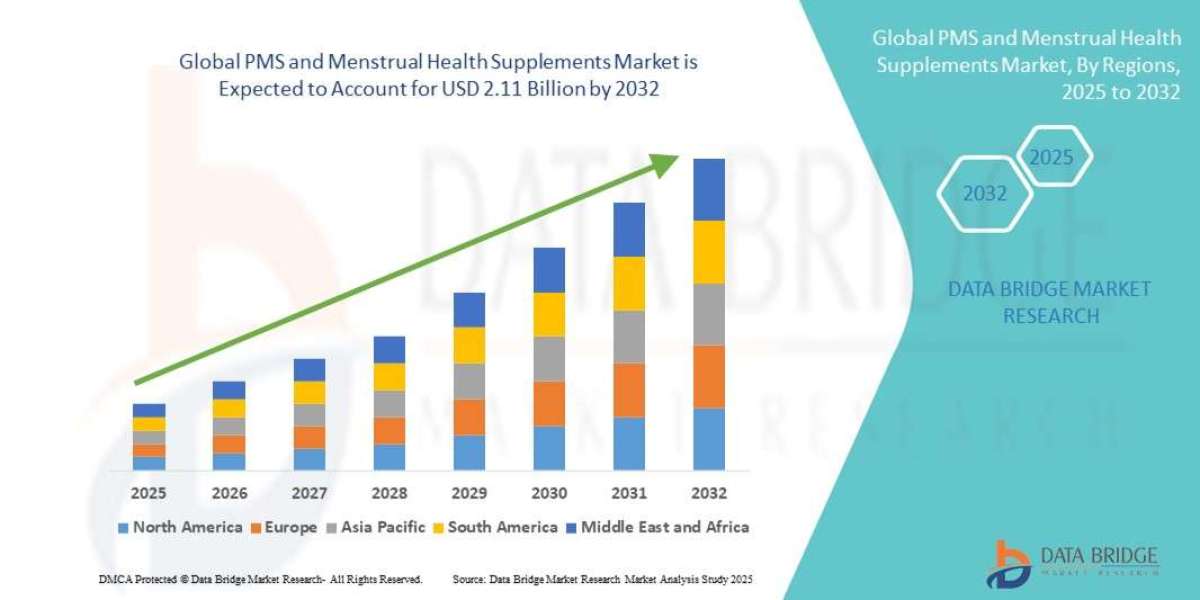Rising Demand for Enhanced Power Output Spurs Market Growth
The global Gas Turbine Wet Compression System market is poised to achieve a valuation of USD 1.98 billion by 2032, growing at a CAGR of 6.4% during the forecast period from 2024 to 2032. This growth is fueled by the increasing global emphasis on optimizing power generation efficiency, reducing greenhouse gas emissions, and enhancing turbine performance in both industrial and utility applications.
As power plants across the world transition toward cleaner and more efficient technologies, wet compression systems have become an integral part of gas turbine enhancement strategies. These systems improve turbine output by injecting atomized water or mist into the compressor inlet, reducing air temperature, and thereby increasing mass flow rate and power output without major mechanical changes.
Get Sample Report of Gas Turbine Wet Compression System Market @ https://marketintelo.com/request-sample/3989
Growing Adoption of Efficiency-Enhancing Technologies
The adoption of gas turbine wet compression technology has grown rapidly across combined cycle power plants, oil and gas facilities, and industrial power stations. This trend is largely driven by the increasing need for cost-effective solutions that improve turbine capacity during peak load operations. As global electricity demand continues to rise, particularly in emerging economies, operators are prioritizing retrofitting solutions that enhance performance without requiring extensive infrastructure investments.
Governments and energy authorities are also promoting efficiency-improving technologies as part of their decarbonization agendas. The ability of wet compression systems to boost output and reduce specific fuel consumption makes them a valuable component in achieving energy sustainability goals.
Market Drivers: Sustainability, Modernization, and Cost Efficiency
Increasing Focus on Power Plant Modernization
A key driver of market growth is the ongoing modernization of aging power plants. Many operators are investing in advanced gas turbine technologies and performance enhancement systems to extend the life and reliability of their assets. Wet compression systems provide a relatively low-cost pathway to achieve this modernization by offering immediate gains in output and efficiency.
Integration with Renewable Energy Systems
The integration of renewable energy sources with conventional power generation has also accelerated the demand for flexible and efficient gas turbine operations. Wet compression systems enable rapid response during fluctuating power demands, ensuring grid stability when renewable output varies.
Economic and Environmental Benefits
From an operational perspective, wet compression offers strong economic advantages. By enhancing power output without additional fuel consumption, these systems reduce the levelized cost of electricity (LCOE) and help power producers meet environmental compliance requirements. This balance of performance and sustainability continues to make wet compression a preferred choice in gas turbine upgrades.
Get Sample Report of Gas Turbine Wet Compression System Market @ https://marketintelo.com/request-sample/3989
Market Segmentation and Regional Insights
By Type
The market is segmented into inlet fogging systems, direct injection systems, and high-pressure misting systems. Among these, inlet fogging systems hold a major share due to their simplicity, reliability, and cost-effectiveness. However, high-pressure misting systems are witnessing rapid growth as technological advancements enable more precise droplet control and improved cooling efficiency.
By Application
The major applications of gas turbine wet compression systems include power generation, industrial processes, and aerospace propulsion testing. The power generation segment dominates the market, particularly in combined-cycle gas turbine (CCGT) plants, where operators leverage wet compression to maximize output during peak load periods.
Regional Outlook
Regionally, Asia-Pacific remains the fastest-growing market, led by China, India, and Southeast Asian nations. Increasing investments in energy infrastructure and the development of new combined-cycle plants are key contributors to regional expansion. North America and Europe also represent significant markets, driven by modernization projects and the adoption of energy-efficient solutions in existing power plants.
Read Full Research Study: https://marketintelo.com/report/gas-turbine-wet-compression-system-market
Competitive Landscape and Key Players
The global market is characterized by the presence of major manufacturers and technology providers focusing on innovation and system integration. Leading companies in the gas turbine wet compression system market include Siemens Energy, General Electric (GE), Mitsubishi Power, MAN Energy Solutions, Rolls-Royce plc, Hitachi Energy, and Doosan Heavy Industries & Construction.
These companies are actively investing in R&D to enhance system durability, droplet uniformity, and control mechanisms for improved turbine compatibility. Strategic collaborations with turbine OEMs and power utilities are also emerging as a core strategy to strengthen market presence.
Technological Advancements Transforming Performance
Recent innovations in atomization technology, control systems, and water treatment processes have significantly improved the reliability and effectiveness of wet compression systems. Advanced sensors and AI-driven monitoring now enable real-time optimization of water injection rates, ensuring consistent turbine performance across varying environmental conditions.
Furthermore, new-generation materials and corrosion-resistant designs have extended component lifespan, addressing historical concerns about maintenance and operational risks. These advancements are expected to further expand the adoption of wet compression systems across both new installations and retrofits.
Challenges and Future Opportunities
While the market outlook is highly promising, certain challenges remain. These include water availability constraints in arid regions, potential compressor erosion concerns, and the need for skilled operation and maintenance personnel. However, industry players are actively developing solutions such as closed-loop water systems and hybrid cooling methods to overcome these barriers.
Looking ahead, opportunities are abundant in the integration of digital twins and predictive maintenance systems. These technologies allow operators to simulate turbine performance under wet compression, optimize energy output, and extend maintenance intervals, further enhancing profitability and system reliability.
Outlook: A Future of Efficient and Cleaner Power Generation
The Gas Turbine Wet Compression System market is set for robust expansion as the global power sector increasingly focuses on operational excellence, sustainability, and adaptability. With continuous technological innovation and strategic investments by key market players, the sector is poised to play a pivotal role in shaping the next generation of efficient, low-emission power plants.
By 2032, widespread implementation of wet compression systems is expected to become a standard practice in gas turbine operations, particularly in regions seeking to balance industrial growth with environmental responsibility.
Related Report








